Need to edit your WordPress site permalinks but don’t know how? Not sure what to do if you aren’t able to edit your website’s permalinks?



WordPress is a powerful and versatile content management system that allows you to create and manage a website easily. One important WordPress feature is the ability to edit permalinks or permanent URLs for your pages and posts.
This article will explain what WordPress permalinks are, why they are essential, and how to edit them to improve your website’s user experience and search engine optimization.
Whether you’re a beginner or an experienced WordPress user, this guide will provide the knowledge and tools you need to manage your website’s permalinks effectively.
Before we go over permalinks in this article, let’s cover an incredible offer that you can take advantage of right now.
Envato Elements: Unlimited Downloads
Envato Elements is a service that provides an unlimited download subscription, meaning that you are free to download as many items as you like from millions of digital assets. This includes premium WordPress themes and plugins, icons, stock photography, royalty-free audio, and stock video.
Subscribe today and start creating, or learn more about why Envato Elements is great for WordPress users.
What Are WordPress Permalinks?

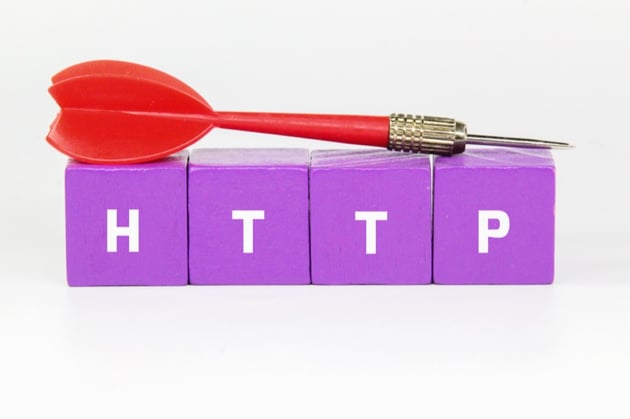

WordPress permalinks are the permanent URLs for your pages and posts. They are the links to your website’s content that you don’t want to change.
The structure of your permalinks can significantly affect your website’s user experience and search engine ranking. This makes it essential for you to understand the different types of permalink structures available and how to edit them properly.
By default, WordPress generates permalinks based on the post ID, but you can change them to a more user-friendly and SEO-optimized format.
Why Edit Permalinks

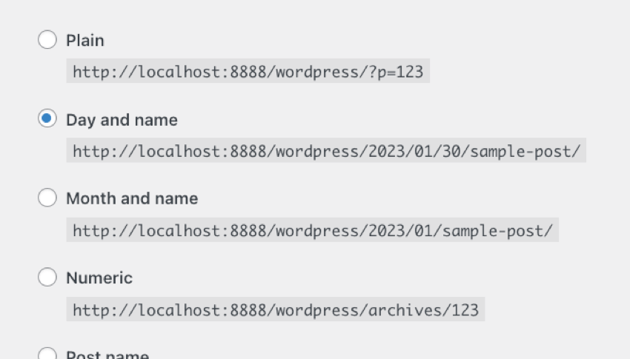
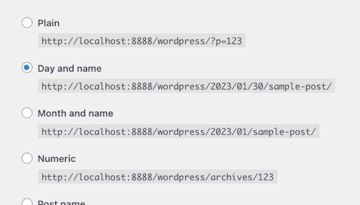
Properly structured and optimized permalinks play a crucial role in the overall success of a website. Here are a few key reasons why editing permalinks is so essential:
1. User Experience
User-friendly and descriptive permalinks make it easier for visitors to understand the content of a page or post and can improve their experience on your website.
2. Search Engine Optimization
Search engines favor websites with clear and concise permalinks. Using keywords in your permalinks can improve your website’s visibility in search engine results pages, thereby increasing organic traffic.
3. Avoid 404 Errors
404 errors occur when a user tries to access a page that no longer exists. Properly structuring your permalinks can prevent these errors and provide a seamless experience for your visitors.
4. Branding
Customizing your permalinks can help reinforce your brand and create a consistent and professional image for your website.
Editing permalinks is essential for creating a user-friendly and optimized website. By implementing an easy-to-read and logical permalink structure, you can ensure a great user experience.
Editing a WordPress Permalink
To modify your WordPress permalink structure, go to Settings > Permalinks in your WordPress dashboard.


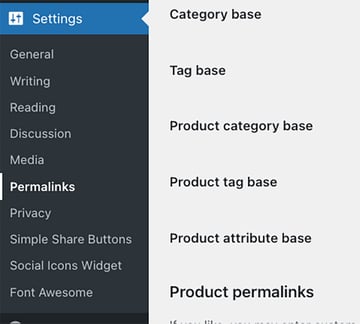
Next, select the permalink structure you would like to use from the available options. Customize the permalink structure by using tags such as %postname% or %category% in the Custom Structure field.
Finally, click the Save Changes button.
It’s important to note that changing your permalink structure can affect existing links to your content, so be sure to update any internal links or redirects as needed. This can be done using a plugin, such as the Redirection plugin, or by manually setting up 301 redirects in your .htaccess file.
Common Issues When Editing WordPress Permalinks



Editing your WordPress permalinks is straightforward, but some common issues can arise. This section will address some of the most frequent problems and provide solutions to help you successfully modify your permalinks.
Whether you’re encountering 404 errors, broken links, or other issues, this section will provide the guidance you need to resolve and get your website back up and running smoothly.
404 Error
A 404 error occurs when a page or post can’t be found on your website. This can happen when you change your permalink structure, as the URLs of your pages and positions no longer match the existing links. Try the following to resolve your 404 errors.
- Check your permalink structure: Ensure that you’ve selected the correct permalink structure in your WordPress dashboard and that it matches your chosen format.
- Update internal links: If you’ve changed your permalink structure, update any internal links on your website to reflect the new URL structure.
- Flush your permalink cache: If you’ve recently changed your permalink structure, you may need to flush your website’s permalink cache. To do this, go to Settings > Permalinks and click the Save Changes button. This will refresh the store and help resolve any 404 errors.
- Set up 301 redirects: If you’ve changed your permalink structure and are experiencing 404 errors, you can set up 301 redirects to automatically direct users from the old URLs to the new ones. This can be done using a plugin or by manually editing your .htaccess file.
If you’re still experiencing 404 errors after trying these solutions, you’ll need to contact your hosting provider or a WordPress developer for help.
Permalink Change Impact on SEO
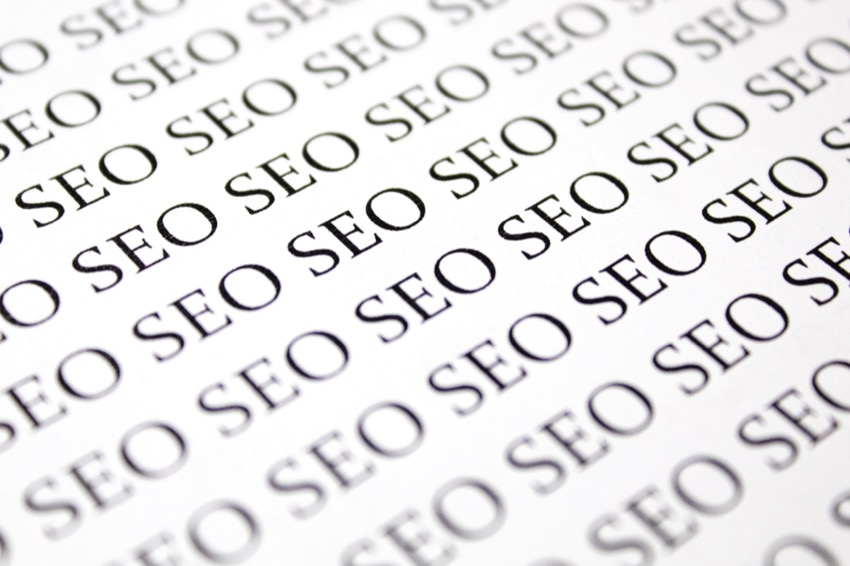


Search engines use URLs to understand the structure and content of your website, so changing your permalink structure can affect your website’s ranking in search results. To minimize the impact of a permalink change on your SEO, follow these tips:
- Use a consistent structure: Choose a permalink structure that is consistent and easy for search engines to understand. For example, using a system that includes the post or page title can help search engines understand the content of your pages and posts.
- Implement 301 redirects: If you change your permalink structure, implement 301 redirects to redirect users from the old URLs to the new ones. This will help search engines understand that the change is permanent and maintain your website’s ranking in search results.
- Monitor your website’s performance: After changing your permalink structure, monitor your website’s performance in search results. If you see a decline in ranking, it’s essential to make additional changes to improve your website’s SEO.
- Update external links: If you’ve changed your permalink structure, reach out to other websites and request that they update any links to your website to reflect the new URL structure.
By following these tips, you can minimize the impact of a permalink change on your website’s SEO and maintain or improve your website’s ranking in search results.
What to Do If You Can’t Edit a Permalink
Sometimes you may face other issues that prevent you from editing the permalinks. In this section, we’ll discuss some of the most common reasons you might not be able to edit a permalink and what you can do to resolve the issue.
Checking Permalink Settings
Before troubleshooting further, you must ensure that the correct permalink settings are enabled in your WordPress dashboard. To do this, go to Settings > Permalinks and verify that the desired permalink structure is selected. If the correct system is not set, choose the desired format and save your changes. If the issue persists, you can take the following steps.
Modifying the .htaccess File
Another common reason you might not be able to edit a permalink is the .htaccess file. This file controls the URL rewriting rules for your website. If this file isn’t configured correctly, it can prevent you from editing your permalink structure.
To resolve this issue, you can try modifying the .htaccess file. To do this, first connect your website via FTP.

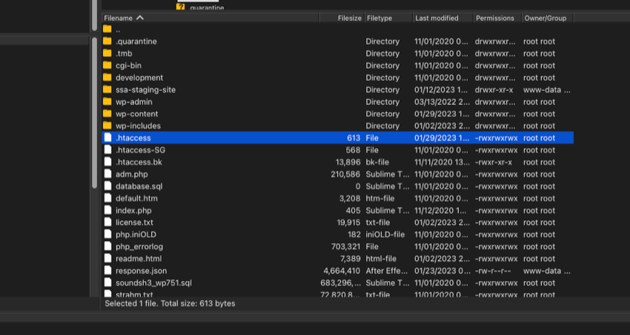

Then locate the .htaccess file in the root directory of your website. Next, download a backup of the .htaccess file to your computer and open the .htaccess file in a text editor.

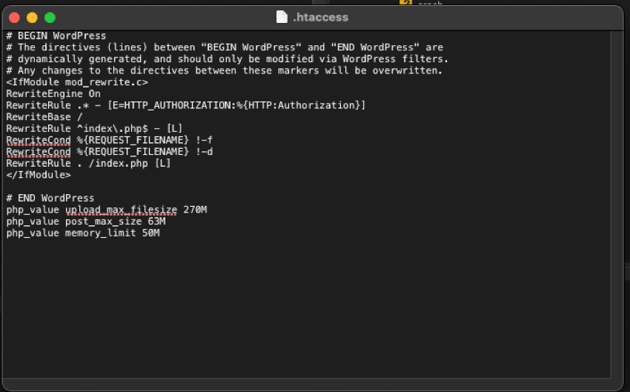
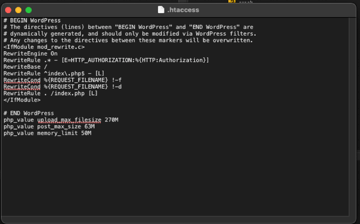
Now you’ll delete the existing code and paste the following code in its place:
1 |
<IfModule mod_rewrite.c> |
2 |
RewriteEngine On |
3 |
RewriteBase / |
4 |
RewriteRule ^index.php$ - [L] |
5 |
RewriteCond %{REQUEST_FILENAME} !-f |
6 |
RewriteCond %{REQUEST_FILENAME} !-d |
7 |
RewriteRule. /index.php [L] |
8 |
</IfModule> |
Once you have made these changes, save the .htaccess file. Then upload it back to the root directory.
You can now try editing your permalink structure from the WordPress dashboard.
Consider a Plugin
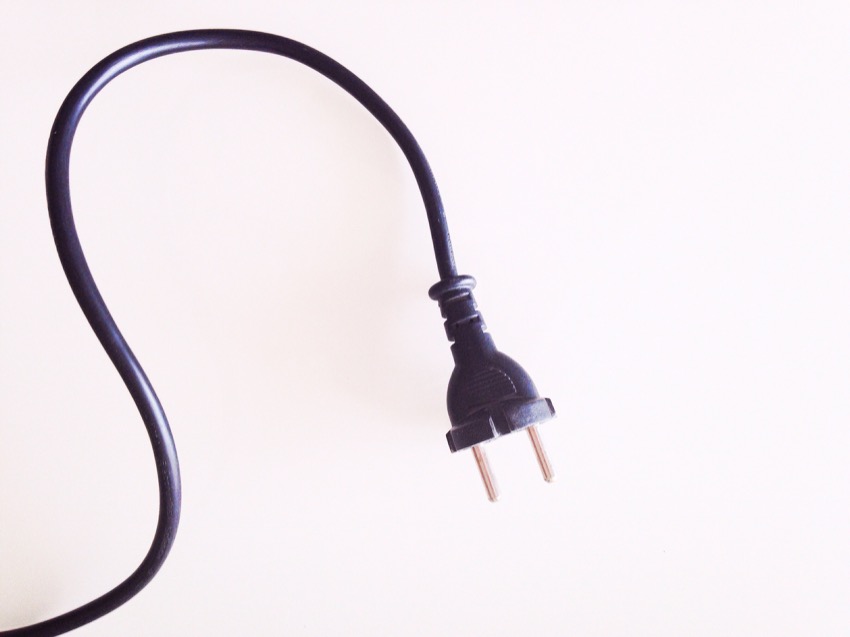


If the above steps don’t resolve the issue, consider using a plugin to help edit your permalink structure. There are several plugins available that can help you manage your permalinks.
Some popular plugins for editing permalinks include:
Install the plugin of your choice, activate it, and follow the instructions to edit your permalink structure.
Discover Top WordPress Plugins
WordPress plugins can help add much-needed functionality to your website. Take a look at the articles below for ideas on WordPress plugins that can work for your website.
Start Editing Your WordPress Site Permalinks
This article covers the steps for editing a WordPress permalink, including accessing the permalink settings, understanding the different permalink structures, modifying the permalink structure, and saving the changes.
We also covered common issues when editing permalinks, such as 404 errors and permalink conflicts, and how to resolve them.
Editing a WordPress permalink is simple, but it’s essential to do it correctly to ensure a good user experience and proper SEO. Remember to always back up your website before making any changes.
If you are looking for a library full of creative assets for your next project, check out Envato Elements.